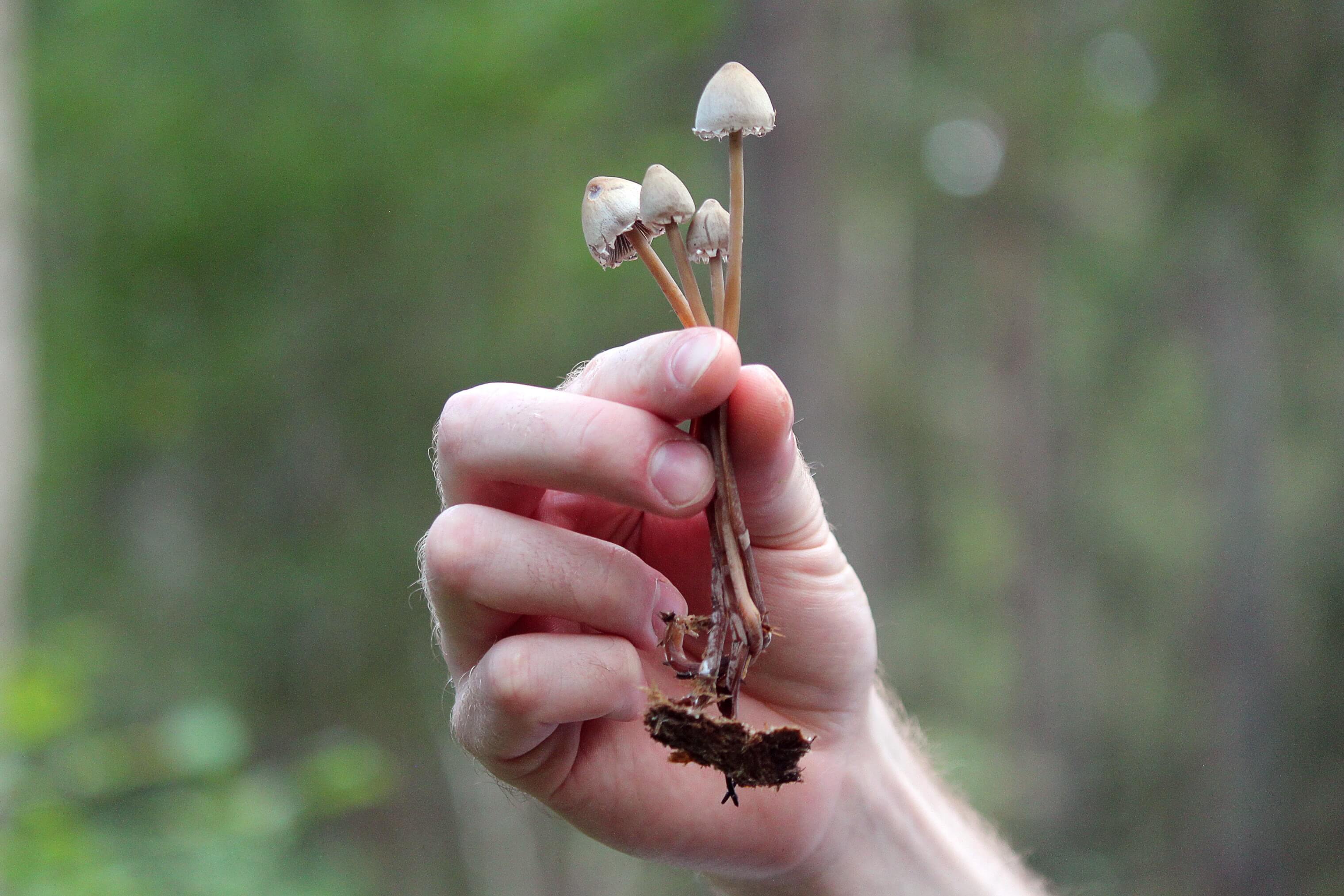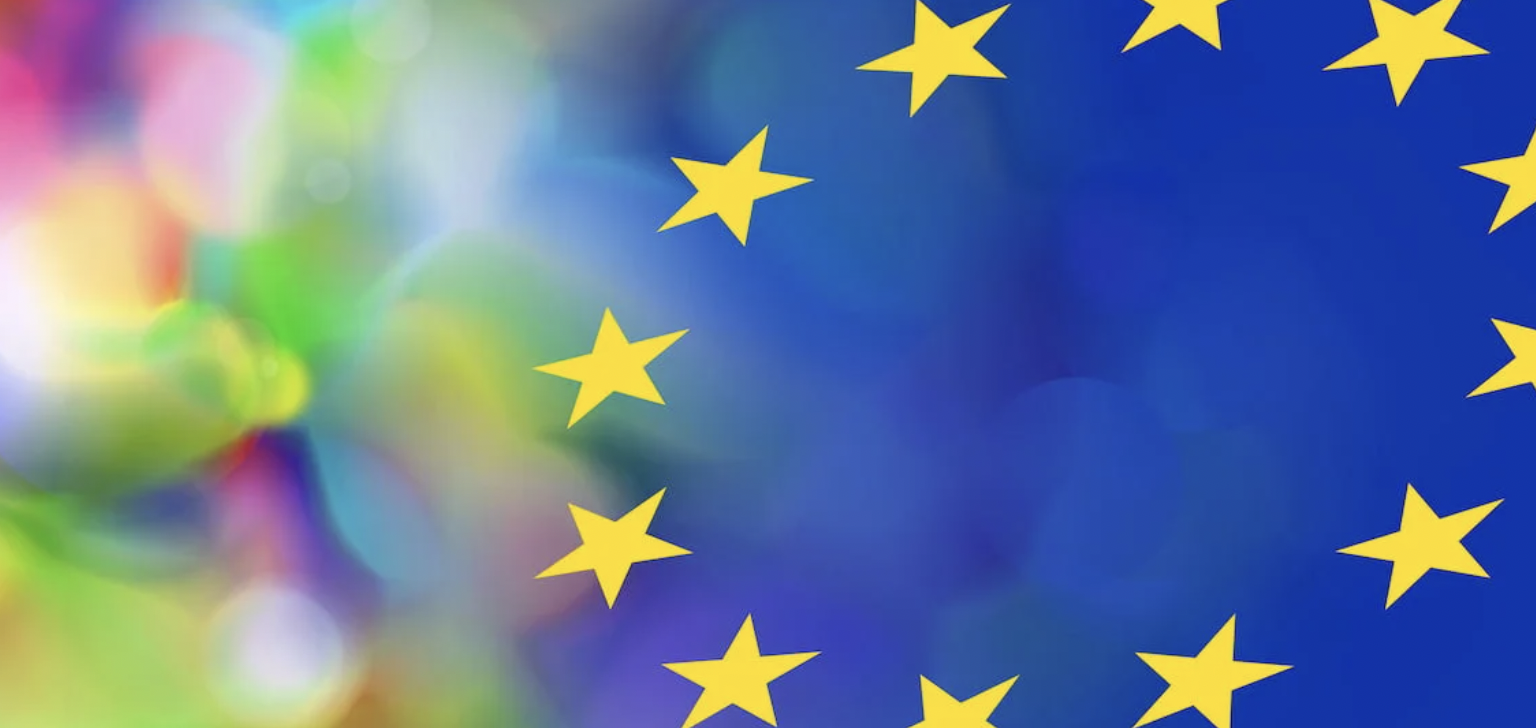
Recently published results of The Global Drug Survey have revealed the behaviour and experiences of people using the likes of psilocybin, LSD, DMT MDMA and other psychedelics to aid their wellbeing and mental health.
The online study involved 15,000+ LSD and 11,000+ psilocybin users, finding a majority of positive results and that the use of psychedelics is increasing.
Of the total number of participants, 6,500 people answered specific questions on using psychedelics to self-treat psychiatric conditions or emotional distress, with recent studies linking psilocybin ketamine, LSD and MDMA to the treatment of mental health disorders and addiction.
One of the key findings of the report is that more women than men are using psychedelics to support their mental health and wellbeing.
Women were much more likely to use MDMA for self-treatment (35.4% of female users, followed by LSD at 25.3%), with men more likely to use LSD (38.7% followed by psilocybin at 22.2%). There were notable differences in their reasons for self-medicating: 40.2% of men were hoping to treat depression (compared to 31.7% of women), while women recorded significantly higher numbers for trauma (9.2%, against 3.4% of men) and PTSD (5.9% over 3.3% for males). 4.6% of men, compared to 2.1% of women, were self-treating for alcohol or substance use.
Other key findings from the report included:
Microdosing is popular, however, the methods of use people reported highlighted a failure of understanding how to microdose properly. A quarter of respondents had microdosed LSD in the last 12 months and 23.1% of psilocybin users had also had attempted microdosing.
A 2020 international review paper defines microdosing as a “procedure that includes multiple dosing sessions”, and so, 46.7% of microdosers who reported only using a single dose, highlights the lack of education across the user base.
“Perhaps people taking one-off doses do that to be more concentrated or creative on a day [they need to be] because they have read claims that it does these things,” says Professor Kim Kuypers from Maastricht University, who led the microdosing part of the study.
New Imperial College research suggests that microdosing could be a placebo, however, Kuypers suggests it isn’t without merit, pointing to a previous study that found single low doses of LSD can enhance attention span and mood. “It is dependent on the individual though,” she added.
Eight-hundred respondents to the survey completed a section about using psychedelics under the supervision of somebody else, not necessarily a healthcare professional or psychedelic therapy administrator. Unsurprisingly, the most common accomplice was a friend or partner (37%), with LSD the most used substance (21.3%) under supervision, followed by psilocybin (19%) and ayahuasca (17.9%).
Perhaps the most telling figures were those of people reporting positive outcomes, with 86% of respondents saying that the experience was helpful, 79.3% saying they’d recommend a supervised session and 89.8% reporting that they’d take psychedelics again under legal circumstances.
However, a number of participants who engaged in psychedelic therapy believed that they were not properly prepared or properly screened for the experience. In spite of this, only 3.7% of people involved in the study said they required emergency medical attention as a consequence of their use of psychedelics.
Professor Adam Winstock, founder of Global Drug Survey, advises caution for those expecting to spontaneously cure themselves using psychedelics”: “It’s worrying that people will use when they are most desperate – when they’re most vulnerable and that drugs will potentially exacerbate the mood they’re in.”
Overall, the outcomes of the study were generally very positive, with 52% of respondents said their condition improved significantly following their psychedelic experience, and a further 34% stated that they experienced moderate benefits. Just under 5% noticed no change, while 1% saw a slight deterioration in their condition and 0.1% suffered significant negative effects.
George Brown


